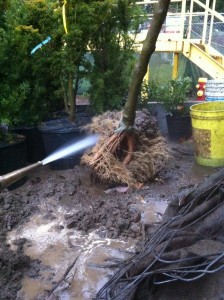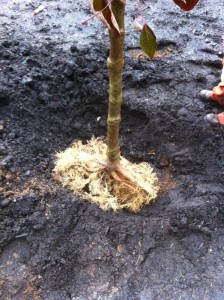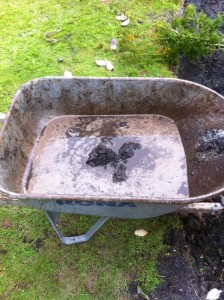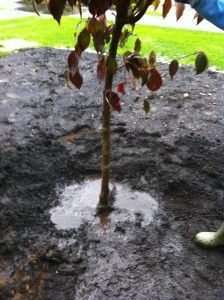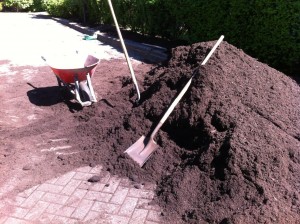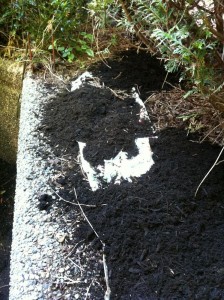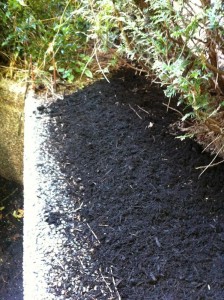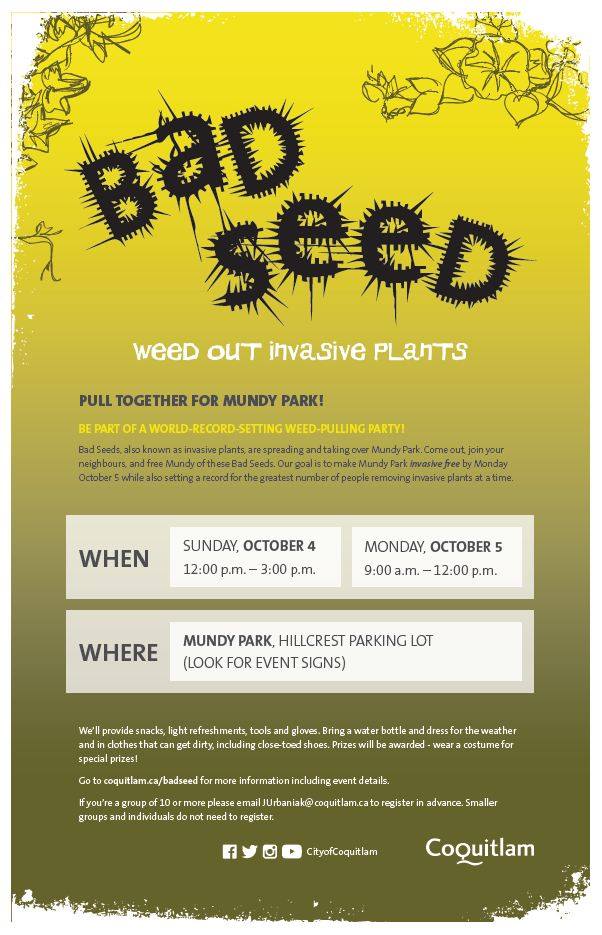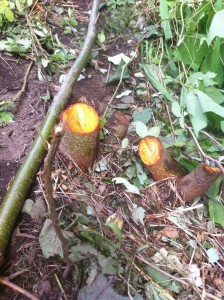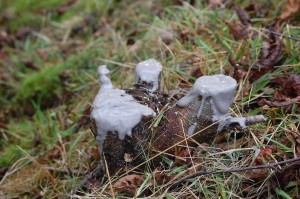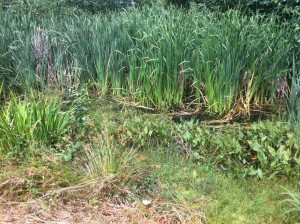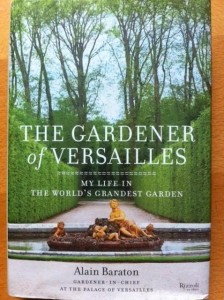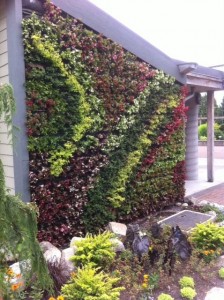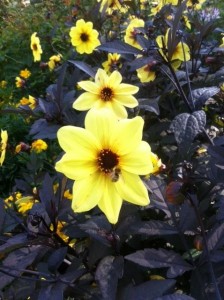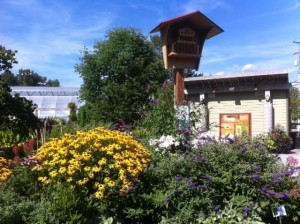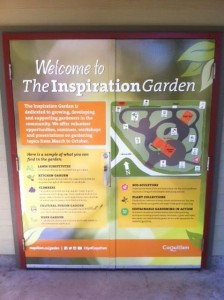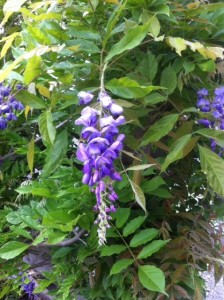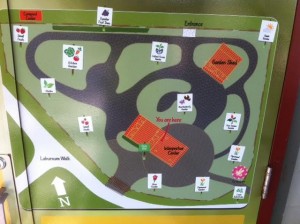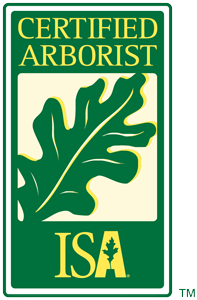
I had my first hearing test in 2014 and I was worried about entering a claustrophobic box inside a mobile truck. Now I am glad I did it. After sixteen loud seasons in the field, always diligently wearing ear protection, it was nice to get a picture of my hearing. That first 2014 test became my baseline. The 2015 test also showed normal hearing. Great! (Only my wife questions the results.)
The few lines below normal range (see picture) could be caused by machine noise exposure for hours before the test; and, possibly, by the friendly, heavy-set female technician coughing and moving about in the mobile truck.
Action steps:
1) Always wear ear protection!
2) Get tested – best through your employer- to establish a baseline for your hearing.
3) Do NOT abuse your headset. I use Peltors and my bad habit is sticking goggles inside them. Just like resting the headset at the top of your front truck seat, this reduces the headset’s effectiveness.
Bad habit: goggles inside my headset



 I met Atsushi, a 20-something Japanese guy, at a Burnaby landscape company and we did a few weekend sessions together. He went through years one and two of the apprenticeship program which I thought was a great idea. Then, he surprised me (and his boss!) with his decision to move back to Japan. Specifically, to ancient Kyoto to work for a great company. Kyoto is a must-see place with its many temples and shrines. The fall colors are so spectacular, my in-laws visit there every fall! And rumor has it that Kyoto gardening companies are a bit high on themselves because they operate in such a spectacular setting.
I met Atsushi, a 20-something Japanese guy, at a Burnaby landscape company and we did a few weekend sessions together. He went through years one and two of the apprenticeship program which I thought was a great idea. Then, he surprised me (and his boss!) with his decision to move back to Japan. Specifically, to ancient Kyoto to work for a great company. Kyoto is a must-see place with its many temples and shrines. The fall colors are so spectacular, my in-laws visit there every fall! And rumor has it that Kyoto gardening companies are a bit high on themselves because they operate in such a spectacular setting.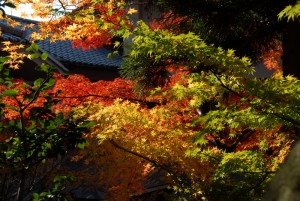
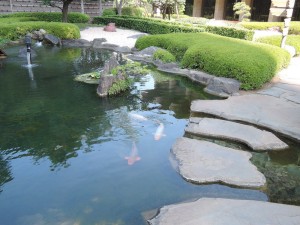
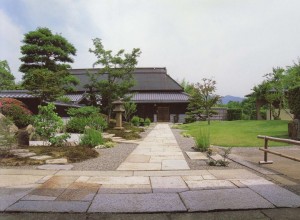
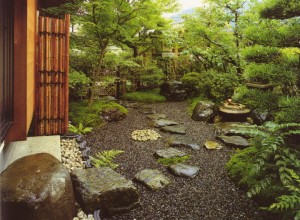

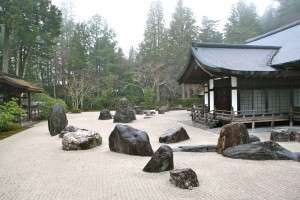
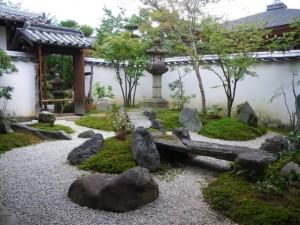
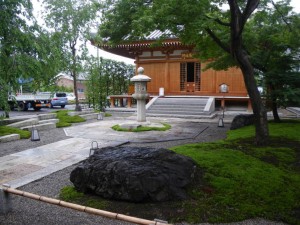
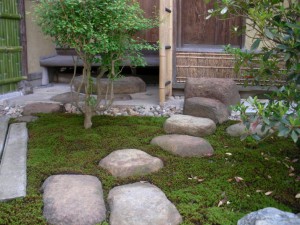
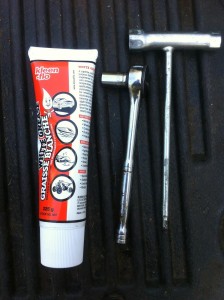
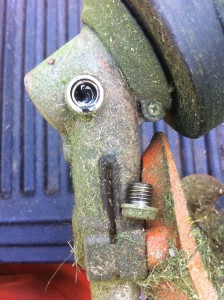
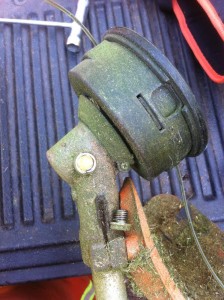
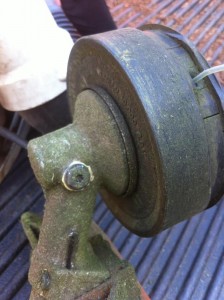
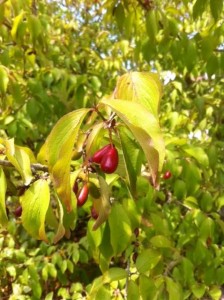
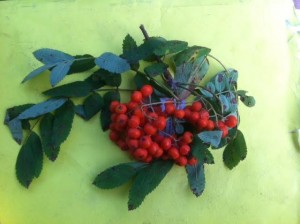
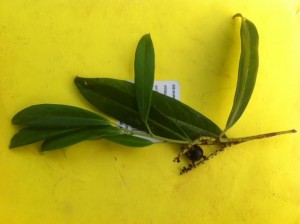
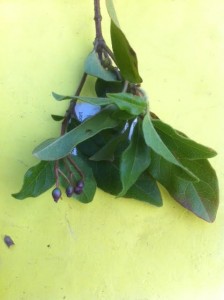
 As a fan of Linda’s work my book review is bound to be slightly biased. I had this book in my wish list months ahead of publication. As the back jacket says, if you read and study the book, you will
As a fan of Linda’s work my book review is bound to be slightly biased. I had this book in my wish list months ahead of publication. As the back jacket says, if you read and study the book, you will